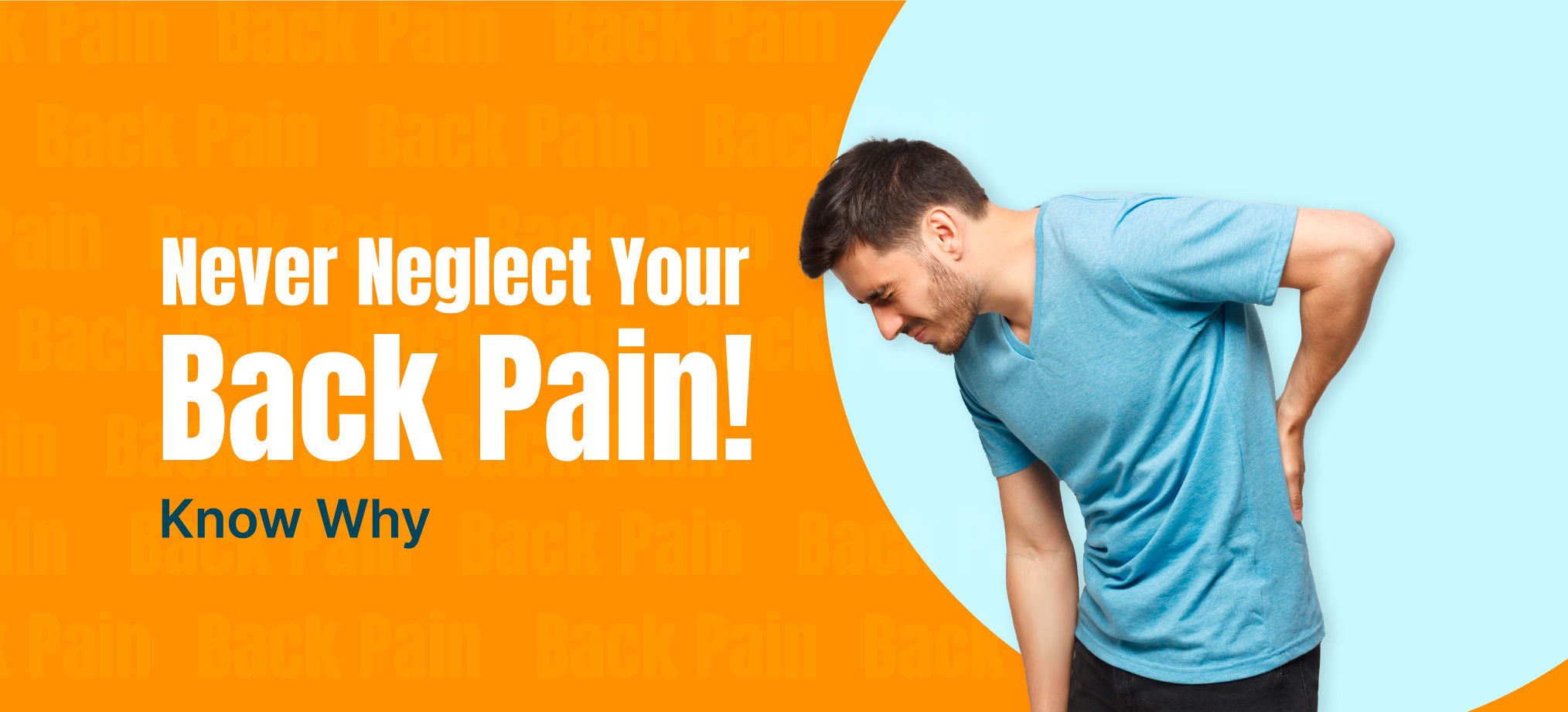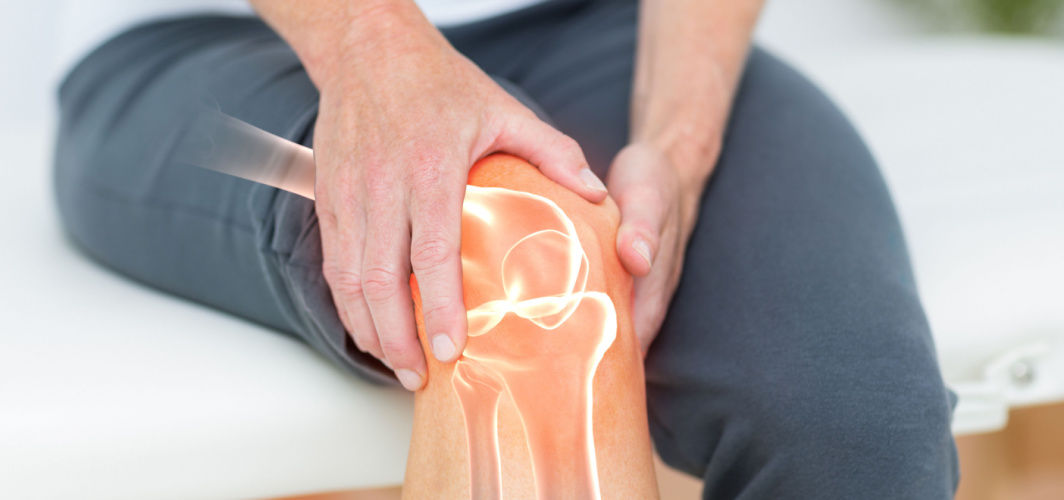General Health
A Complete Guide to Back Pains: Causes, Home Remedies, and Red Flags
9 min read
By Apollo 24|7, Published on - 19 October 2022, Updated on - 14 January 2023
Share this article
0
20 likes

Back pain is one of the most common, severe, and disabling pains in the world. You’ll notice that while the pain progresses only gradually, at some point it peaks so high that you’ll find yourself unable to move, twist, or turn! When the pain becomes unbearable, people take recourse to pain relieving balm, a back massage, or a pain killer.
And while all these remedies may offer short-term relief, they are unlikely to treat the underlying cause. In fact, the pain may worsen even further. This is essentially because back pains are of many kinds and the correct remedy differs based on the pain’s exact cause, location, and severity.
Read on as this blog enlists everything about back pain, their different types, causes, home remedies, red flags, when to consult a doctor, and more.
What Is Back Pain and Its Different Categories?
A back pain is a discomfort or pain felt at the back that can be “acute” or “chronic”. Acute back pain is when the pain appears suddenly, and chronic is when it has lasted for more than 20 weeks despite treatment. Both vary in their treatment discourse. Another category that usually gets ignored is “subacute back pain”. This is categorised as the pain that has prolonged for more than 4-12 weeks. This is a progressive category. Since it is often ignored by people at this stage, it may eventually lead to chronic back pain that needs medications and frequent doctor visits.
Another differentiation between the treatment methods is based on the origin of the pain.
If the pain is at the tip of the spine or near the neck, it is cervical. If it is middle back, then thoracic, if the pain is in the lower back then coccydynia or lumbar, and if it is near the tailbone then it is also known as the sacral pain.
Based on pain management specialists, lower back pain (lumbar pain) is the most common pain that affects the majority of people.
Similar categorisation can be made based on the spread of the pain. If the pain remains confined to one spot or region, it is called axial pain. If it moves around and varies in intensity, it is called referred pain. And if the pain marks a pinching sensation that radiates further to the arms or legs, it is called a radiating pain.
Treatment for mild back pain is thus relatively easy with certain home remedies, rest, and over-the-counter pain medications and supportive belts. However, severe or unusual back pains may require orthopaedic intervention and care.
Types and Causes of Back Pain
Here is a list of top 5 types and causes of back pain for easy diagnosis and effective home remedies. However, if you experience any of the red-flagged symptoms, please discontinue the remedies and consult the suggested doctors immediately. You may need immediate medical intervention.
Muscle or Ligament Strain
Cause: Lumbar muscle strains (commonly known as lower back pains) are caused when you have unintentionally overused your muscle fibres or when the ligaments have been abnormally torned. This pain typically occurs after lifting heavy weights or objects. Sudden injury or accident can also trigger muscular pain.
Symptoms: You may experience difficulty in moving your back, bending forward, or turning sides. The pain may also be felt while having sexual intercourse.
Home Remedies: If the pain is minor in nature, the best way to deal with it is to rub medicated pain relieving creams.
Also, despite the pain, we suggest you keep moving your body slowly. This will help in relieving and preventing stiffness. Practise mild exercises, cat stretch and bring your knee to the chest (10 times).
Red Flags: If the pain gets severe within 1 or 2 days, or you cannot move even after resting for a long period of time, consult an orthopaedic doctor.
Book Your Appointment with Dr. Arun Kannan
Bulging or Ruptured Disc
Cause: The spinal discs are cushioned with soft material known as the nucleus surrounded by the tougher exterior annulus. Hence, when a part of the nucleus is forced out of the annulus then one may get a ruptured disc. This typically occurs as a result of constant wear and tear as you age or because of an existing degenerative disc disorder.
Symptoms: Sharp shooting pain in your back which radiates to the lower portion of the body, leaving you unable to move.
Home Remedies: Icing the affected area is the first step to recovery. However, if the icing pad hurts too much then stop and rush to a physiotherapist immediately.However, if the icing helps relieve, progress to the heating pad on the 3rd or 4th day. This will provide relief from the stiffness and pain around the ruptured disc.
In case you do not experience relief from the above remedies, or the same is not readily available, note that you can also try a few stretching exercises such as knee to chest, hip rotation or practice certain yoga poses such as balasana (child pose) and marjariasana (cat pose) to help relieve discomfort and pain. However, if your pain increases after doing these yoga postures consider seeking help from a pain management specialist.
Red Flags: If the pain starts shifting to the upper back or runs downwards towards the leg, know that it is a red flag and you need to consult your doctor immediately.
Book Your Appointment with Dr. Pavan Bicchal
Arthritis
Cause: Spinal arthritis is a chronic condition that is caused due to wear and tear of cartilage that cushions the end of the bones. In this case, the spinal bones rub against each other resulting in chronic pain. This typically happens as a result of autoimmune disorder or an infection in the facet joints in the spine.
Symptoms: Inability to move the neck swiftly and severe lower back pain is the most common and distinctive symptom of arthritis.
Home Remedies: Over-the-counter pain relievers are usually effective in treating arthritic spinal pain. However, ensure that you limit this intake to only when absolutely necessary and rather incorporate lifestyle changes like guided meditation, yoga, pranayama, or a swift walk in the open air.
Warning: Unmonitored or extremely frequent use of OTC medications can potentially develop an extended tolerance for these medicinal salts, leading to a raised dependency and addiction. That is, with time, you may experience a similar relief only with a higher and regular dosage. Hence, we suggest you rather consider physiotherapy, medicated cream massage, or electrical/ physical stimulation of the spine. These are comparatively safer, more effective, and long term in nature.
Red Flags: Swelling or tenderness in the affected area or feeling of grinding in the spine is a red flag. In such a case, we suggest you consult a rheumatologist at the earliest.
Book Your Appointment with Dr. Padmanabhan R
Watch Spinal Ergonomics: Who Is More Prone? by Dr. Imtiaz Ghani
Back Injury
Cause: Back injuries are typically a result of sudden accidents or sprains while lifting heavy objects. They can cause lifelong pain and degenerative diseases.
Symptoms: Moderate to severe pain which can halt simple activities.
Home Remedies: No home remedy or OTC medication has particularly proved effective once there is an onset of severe pain. However, paracetamol or prescribed NSAIDs and optimum hydration may help lower the intensity of pain. Nevertheless, people with spinal cord injuries may opt for electrical stimulation of the spinal cord with low levels of electrical stimulus which helps improve or restore muscle function.
Red Flags: If your pain is sharp shooting, we recommend you consult a pain specialist for effective treatment.
Book Your Appointment with Dr. Shekhar Reddy Gurrala
Spinal TB
Cause: Spinal Tuberculosis happens when mycobacterium enters the vertebral column (Silent, progressive and often ignored). This condition comprises 50% of musculoskeletal tuberculosis. This typically happens if one suffers from malnutrition, drug abuse, alcoholism, or has an active infection for 6 to 12 months.
Symptoms: A major symptom of spinal TB is that the back pain doesn't go away at all.
Want to know more? Read- https://www.apollo247.com/blog/article/what-spinal-tuberculosis-tb
Home Remedies: While there are no exercises recommended, having foods dense in vitamin A, B and D can play a huge role in curing spinal TB.
Red Flags: Consult your doctor at the earliest if you are unable to get up from the bed after having mild to moderate pain for more than 6 weeks.
Book Your Appointment with Dr. Saurabh Rawall
Key Takeaway
Back aches are of many kinds, with a common symptom which is pain. Acute back pain may last for 6 weeks and go away with home remedies. However, chronic back pain can last for even 6 months. The intensity of pain varies from the pain location, symptoms and causes. This is why, a deeper insight into causes, can effectively help you manage and prevent the onset of the same.
Typically, though backaches are common but they should not be ignored as the reasons could be osteoarthritis, sciatica, poor posture, sudden injury, spinal TB which can have a lasting impact if treatment is not given at the right time.
Frequently Asked Questions
1. What are the causes of acute back pain?
Acute back pain can be caused due to a number of factors which includes poor posture, faulty eating habits and deficiency of vitamin D.
2. What are the exercises for back pain?
The most effective exercises for treating and preventing back pain are shoulder blade squeezes, cat stretches, seated back rotational stretch, knee to chest stretch, lower back stretch and bridge exercise.
3. What causes back pain during pregnancy?
It is very common to have back pain during pregnancy beginning from the first trimester. This condition arises because the ligaments become softer and the body prepares itself to expand to let the foetus grow in size. In later stages of pregnancy, the body prepares for labour hence, the weight of the baby can too cause back pain.
4. How to know if my back pain is serious?
If your back pain has not subsided with ample rest, pain relieving gels and medications for 2 days then you must consult with an orthopaedic or a pain management specialist or a physiotherapist at the earliest to find out the root cause of your back pain.
5. Which doctor to consult for back pain and spine related problems?
For mild pain one can consult a general practitioner or pain specialist. However, if you suspect spinal disc problems or arthritis it is best to consult an orthopaedic doctor to treat back pain effectively.
Our doctors are available for both online and in-clinic consultations.
Medically Reviewed By Dr. Dhanunjay Reddy
General Health
Leave Comment
Recommended for you

General Health
Is it Dangerous to Wake a Sleepwalker?
Sleepwalking, or somnambulism, involves getting up and walking around while in a state of sleep. If you're wondering whether or not you should wake them up, the answer is a resounding, "No!"

General Health
Colorectal Cancer: Risk Factors and Prevention
Learn about the risk factors and prevention strategies for colorectal cancer. Discover the latest guidelines, technologies, and lifestyle factors to protect yourself from this deadly disease.

General Health
Hypocalcaemia: What Happens When Your Calcium Levels Are Too Low?
Hypocalcaemia is often the result of underlying health problems or medical treatments such as kidney failure, the surgical removal of the stomach, or the use of certain medications like diuretics. Moreover, it can also be a result of excess parathyroid hormone secretion or a high level of vitamin D. Know ways to treat and prevent it.
Subscribe
Sign up for our free Health Library Daily Newsletter
Get doctor-approved health tips, news, and more.
Visual Stories

Could There Be More to Your Snore?
Tap to continue exploring
Recommended for you

General Health
Is it Dangerous to Wake a Sleepwalker?
Sleepwalking, or somnambulism, involves getting up and walking around while in a state of sleep. If you're wondering whether or not you should wake them up, the answer is a resounding, "No!"

General Health
Colorectal Cancer: Risk Factors and Prevention
Learn about the risk factors and prevention strategies for colorectal cancer. Discover the latest guidelines, technologies, and lifestyle factors to protect yourself from this deadly disease.

General Health
Hypocalcaemia: What Happens When Your Calcium Levels Are Too Low?
Hypocalcaemia is often the result of underlying health problems or medical treatments such as kidney failure, the surgical removal of the stomach, or the use of certain medications like diuretics. Moreover, it can also be a result of excess parathyroid hormone secretion or a high level of vitamin D. Know ways to treat and prevent it.